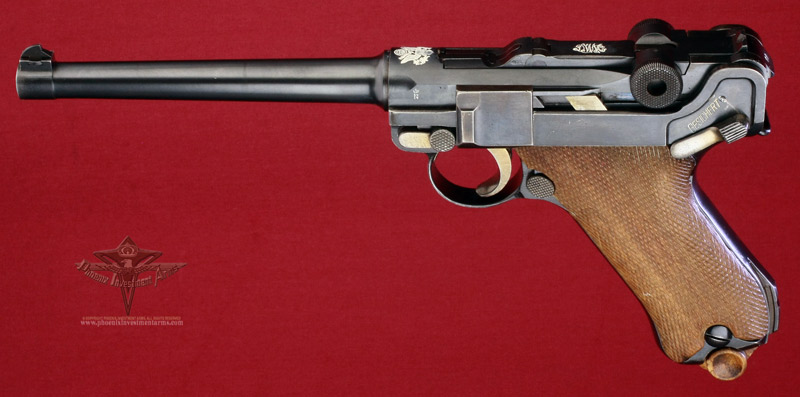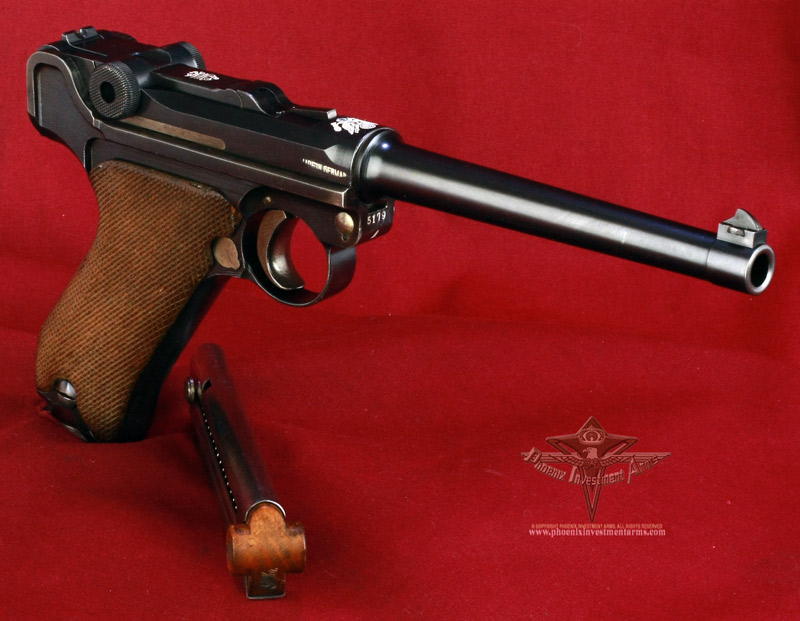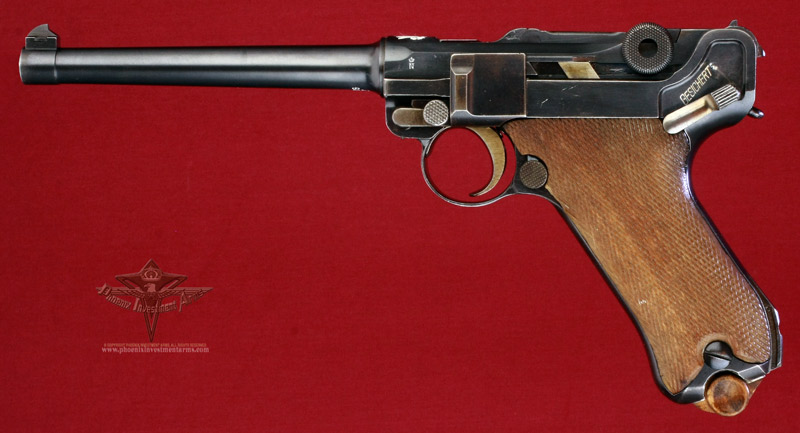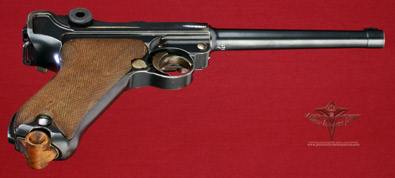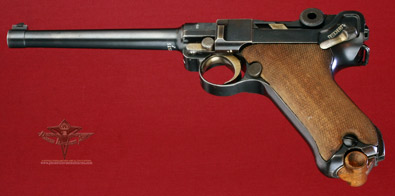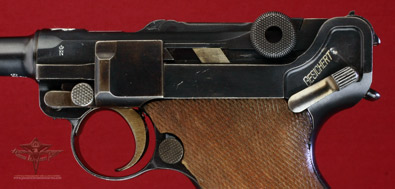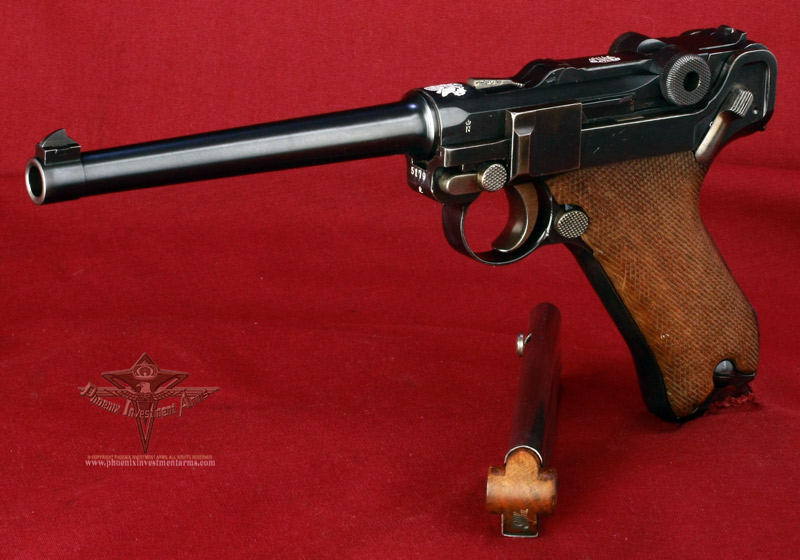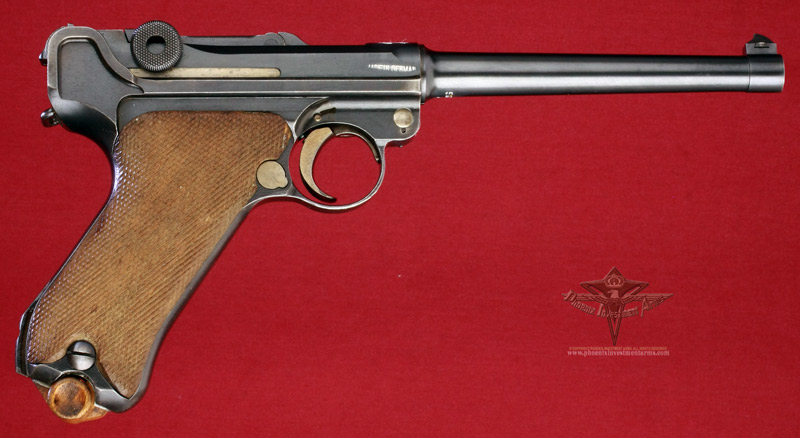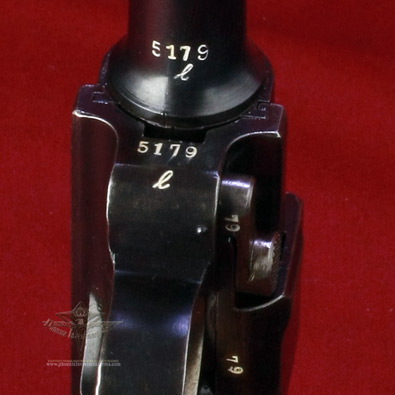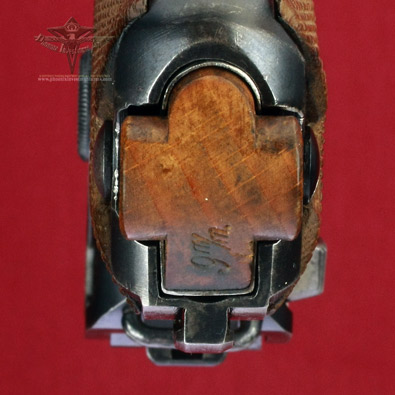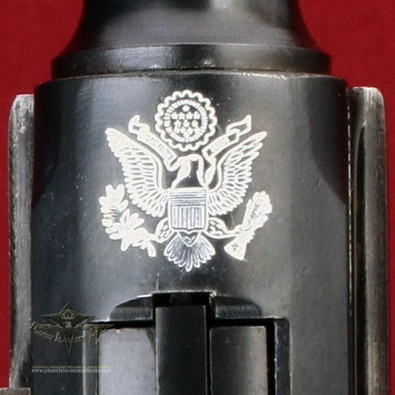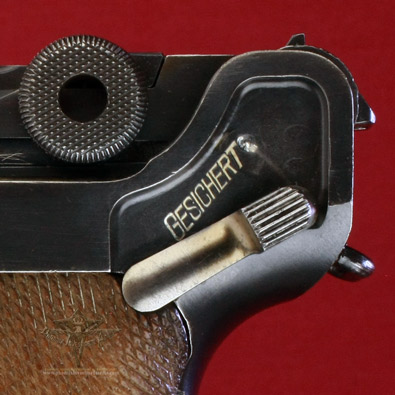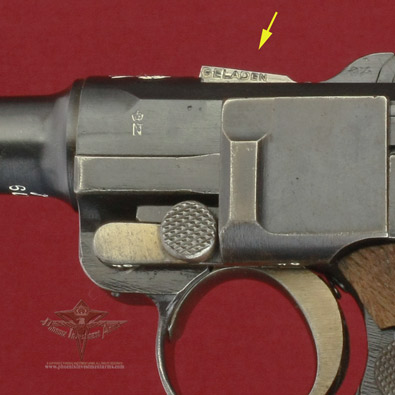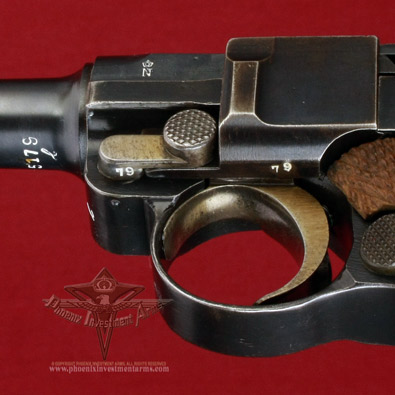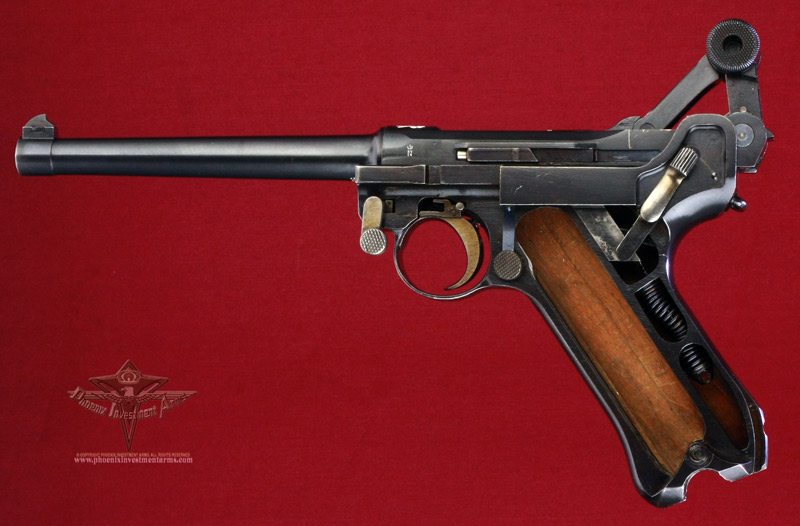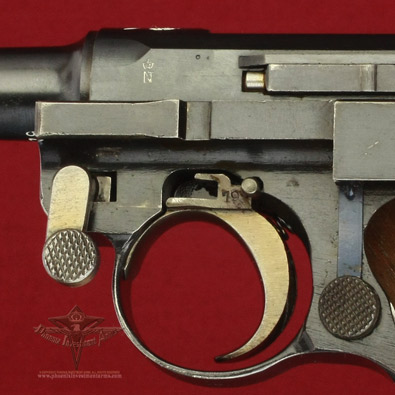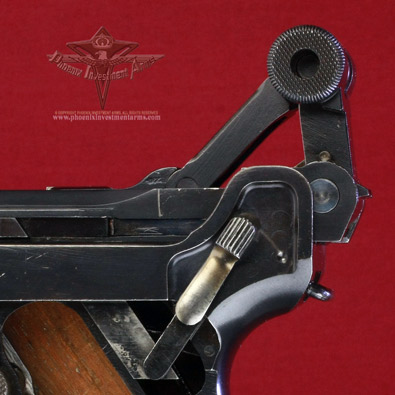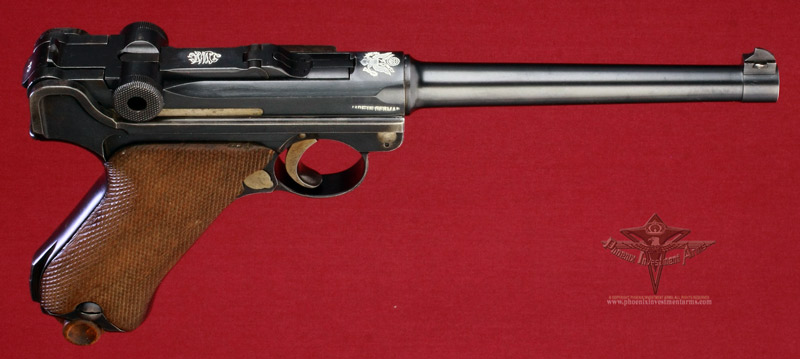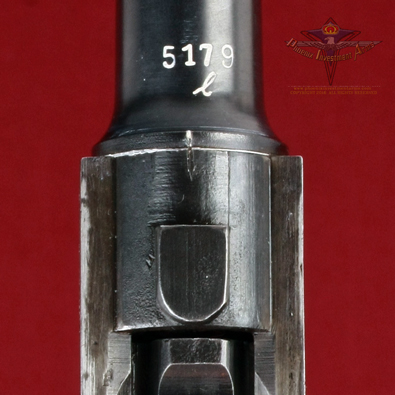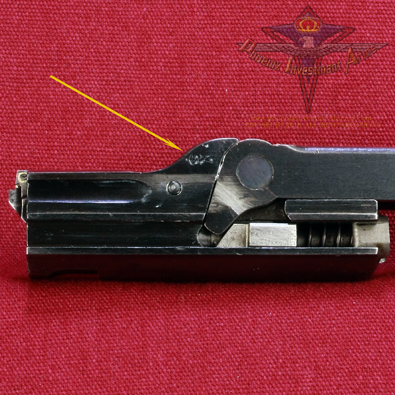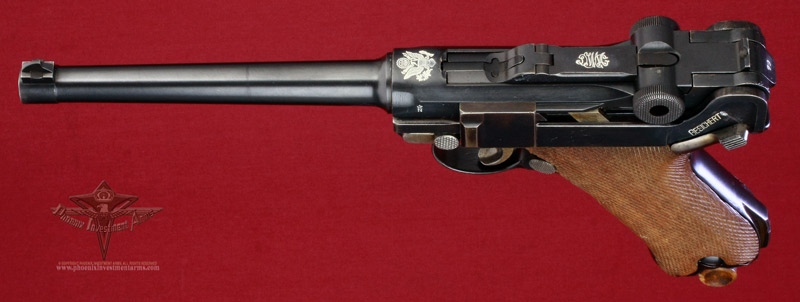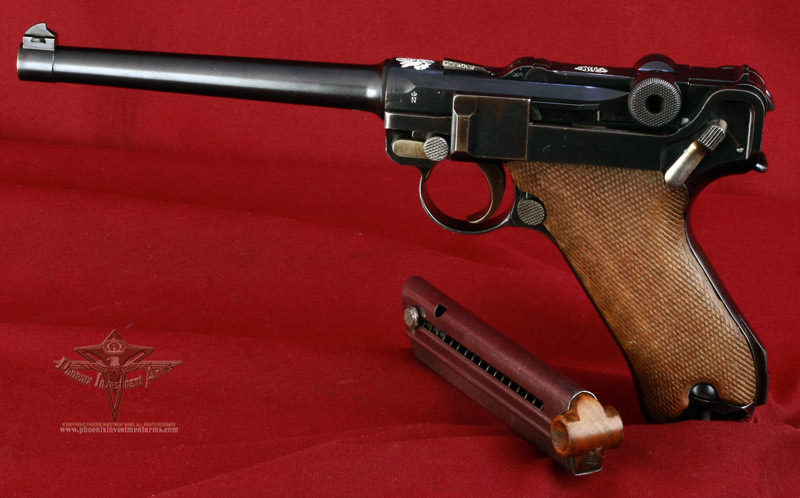1920 DWM American Eagle 9mm SOLD
PHOENIX INVESTMENT ARMS -
PREMIUM COLLECTOR LUGERS
Genuine German
Luger - Largest Variety of Lugers Offered
Home | Post WWI DWM | Erfurt Lugers | Mauser | Simson Suhl | Krieghoff | Vickers, Ltd | Swiss Bern | Other Guns
Bottom of Page
|
This is a magnificent 1920 American Eagle, 9mm Parabellum assembled after the war for export to the United States prior to imposition of the Treaty of Versailles. This is a 9mm with a short frame, short sear and has no military proofs. The condition is excellent and comes from an old known collection. These are known by the collectors as a 1920 Commercial because they were issued in 9mm for sale before the imposition of caliber sizing by the Allied Commission. (1946) |
|
NOTE: Photographs taken today with the high mega-pixel camera show more than we sometimes can see with the human eye. Magnified close-ups show us tool marks and natural surface conditions that one normally doesn't see in the ordinary handling of the weapon. Photographs are copyrighted, all rights reserved, any extraction, reproduction or display of gun pictures without the express consent of the Phoenix Investment Arms is strictly prohibited. Thank you for your cooperation. Please visit Legal (tabbed) for Conditions of Sale. |
